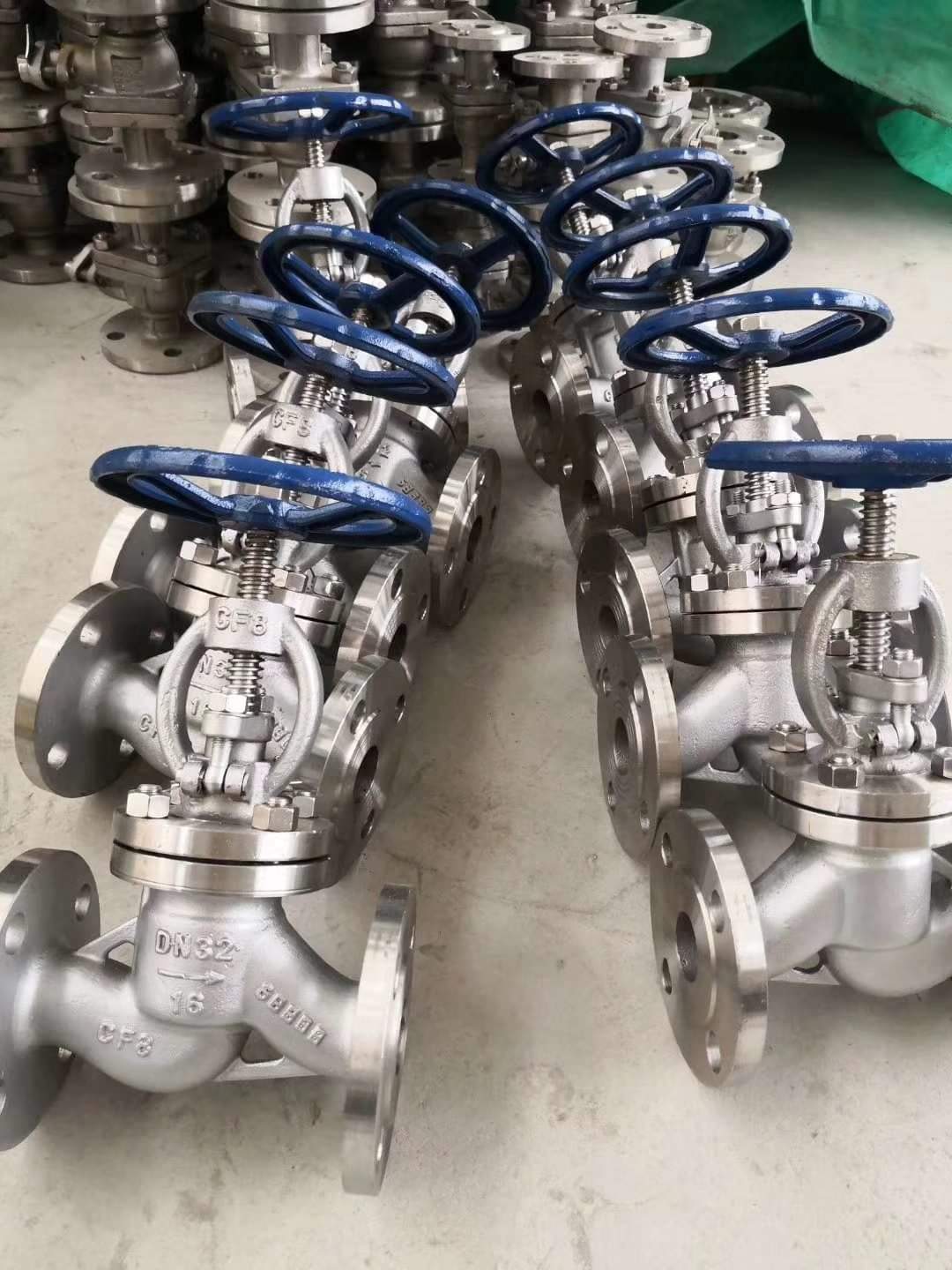Gate valves and butterfly valves are both essential components in fluid control systems, but they differ significantly in design, operation, and applications.
What is a Gate Valve:
A gate valve is a linear-motion valve that controls the flow of fluid by raising or lowering a gate or wedge-shaped disc within the valve body. When fully open, the gate retracts into the bonnet, providing an unobstructed flow path. Gate valves are commonly used in applications where a tight seal is essential, making them suitable for isolation and shut-off purposes. They are prevalent in industries such as oil and gas, water treatment, and petrochemical, where precise flow control and reliable shut-off are critical.
What is a Globe Valve:
A globe valve is a linear-motion valve characterized by a globe-shaped body and a movable plug or disc that regulates fluid flow. The plug is connected to a stem, which is controlled by a handwheel or actuator. Globe valves are versatile and find application in various industries, particularly where throttling or fine control of flow is necessary. Their design allows for precise adjustment of flow rates, making them suitable for systems that require accurate control, such as in HVAC systems, steam applications, and water treatment plants.
Here’s a breakdown of the key differences between gate valves and butterfly valves:
Design:
Gate Valve:
Construction: Gate valves have a gate-like disc that moves perpendicular to the flow of the fluid.
Shape: The gate is usually a flat or wedge-shaped disc.
Flow Path: When fully open, the gate retracts into the bonnet, allowing a straight and unobstructed flow path.
Butterfly Valve:
Construction: Butterfly valves have a disc that rotates around a shaft in a quarter-turn motion.
Shape: The disc is typically wing-shaped, resembling a butterfly.
Flow Path: The flow path is more curved, and the disc remains in the flow stream even when fully open.
Operation:
Gate Valve:
Operation Type: Gate valves operate by lifting or lowering the gate to open or close the flow path.
Movement: Requires a multi-turn motion for full operation.
Flow Control: Suited for on/off applications, not for precise flow control.
Butterfly Valve:
Operation Type: Butterfly valves operate with a quarter-turn motion, either fully open or fully closed.
Movement: Quick and easy to operate.
Flow Control: Suitable for moderate flow control but not as precise as some other valve types.
Applications:
Gate Valve:
Common Uses: Typically used in applications where a tight seal is required, such as in isolation or shut-off situations.
Industries: Often found in industries like oil and gas, petrochemical, and water treatment.
Butterfly Valve:
Common Uses: Ideal for applications requiring fast operation and a compact design.
Industries: Widely used in HVAC systems, water treatment, chemical processing, and other applications with moderate flow control requirements.
Size and Weight:
Gate Valve:
Size: Gate valves are available in a wide range of sizes but tend to be bulkier.
Weight: Generally heavier due to their construction.
Butterfly Valve:
Size: Available in various sizes, and they are often more compact.
Weight: Lighter compared to gate valves due to their streamlined design.
Sealing:
Gate Valve:
Seal Type: Provides a tight seal when fully closed.
Maintenance: May require more maintenance to prevent leakage over time.
Butterfly Valve:
Seal Type: Typically uses a resilient seat that provides a reliable seal.
Maintenance: Generally requires less maintenance in terms of sealing.
For Gate Valves:
Isolation or Regulation: Determine whether the valve is primarily for on/off isolation or if it needs to control the flow rate.
Nature of Fluid: Consider the type of fluid (liquid or gas), corrosiveness, and abrasive properties. Gate valves are often suitable for clean fluids without solid particles.
Valve Size: Choose a size that matches the pipeline or system requirements.
Pressure Rating: Ensure the valve’s pressure rating meets or exceeds the system’s operating pressure.
Body Material: Select materials compatible with the fluid to prevent corrosion or degradation.
Trim Material: Consider the material of the gate and seat for optimal performance.
Operating Temperature: Ensure the valve is suitable for the temperature range of the intended application.
Tight Shut-Off: If a tight shut-off is crucial, opt for a gate valve with a resilient or metal-to-metal seating arrangement.
Vertical or Horizontal Installation: Check if the valve can be installed vertically or horizontally based on the system requirements.
For Globe Valves:
Throttling Capability: Globe valves are well-suited for applications requiring precise throttling or flow control.
Valve Size: Choose a size that matches the system requirements.
Pressure Rating: Ensure the valve’s pressure rating is suitable for the operating conditions.
Body Material: Select materials compatible with the fluid to prevent corrosion or degradation.
Plug and Seat Material: Consider the material of the plug and seat for optimal performance.
Operating Temperature: Ensure the valve is suitable for the temperature range of the intended application.
Manual or Automated: Decide if the valve will be operated manually or if it requires an actuator for automation.
Low Leakage Requirements: Globe valves are often preferred when low leakage is crucial in the closed position.
Flanged or Threaded: Select the appropriate end connection based on system requirements.
Conclusion:
Choosing between a globe valve and a gate valve depends on your system’s specific requirements. Understanding the differences in functionality, flow characteristics, and application suitability is essential for making an informed decision. By carefully evaluating your system’s needs, you can select the ideal valve that ensures optimal performance and efficiency.

